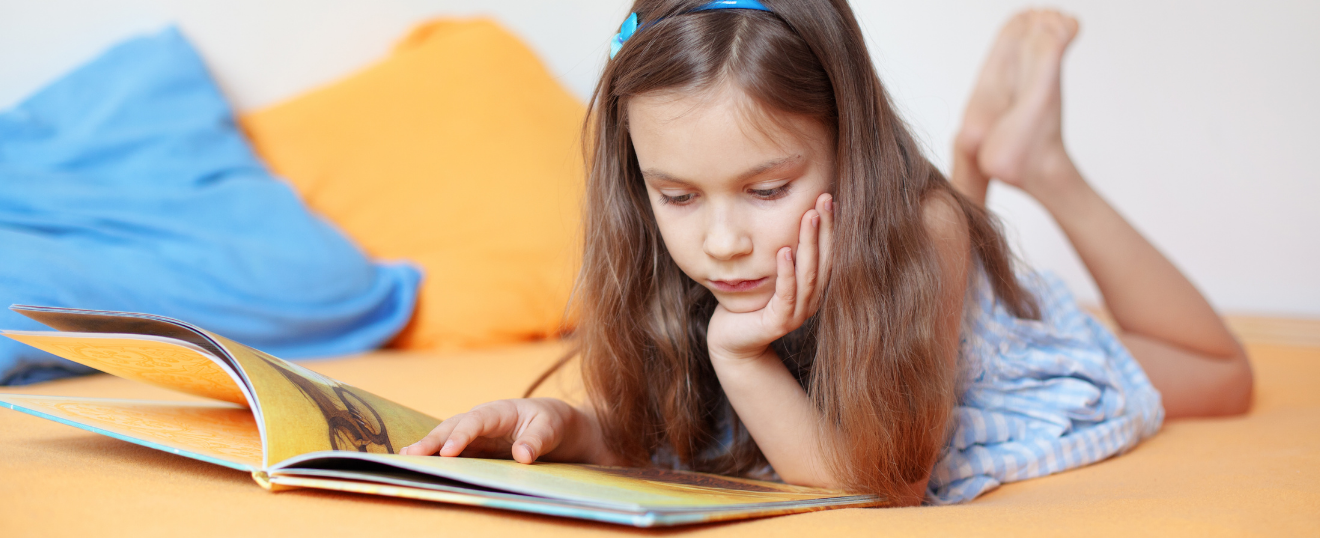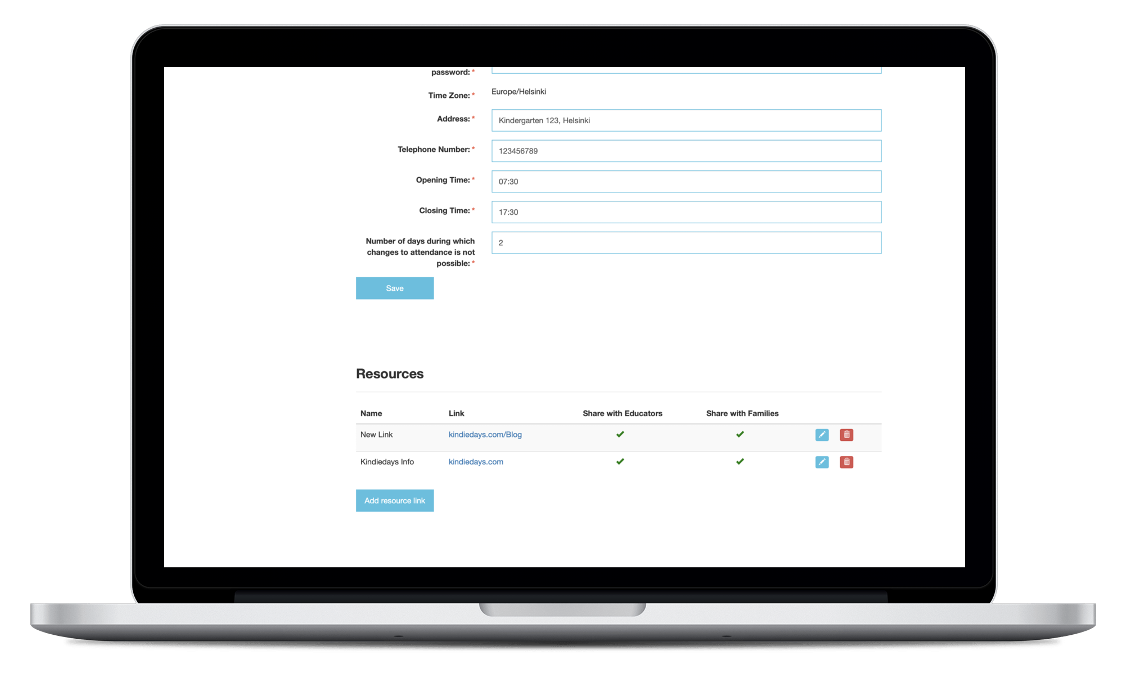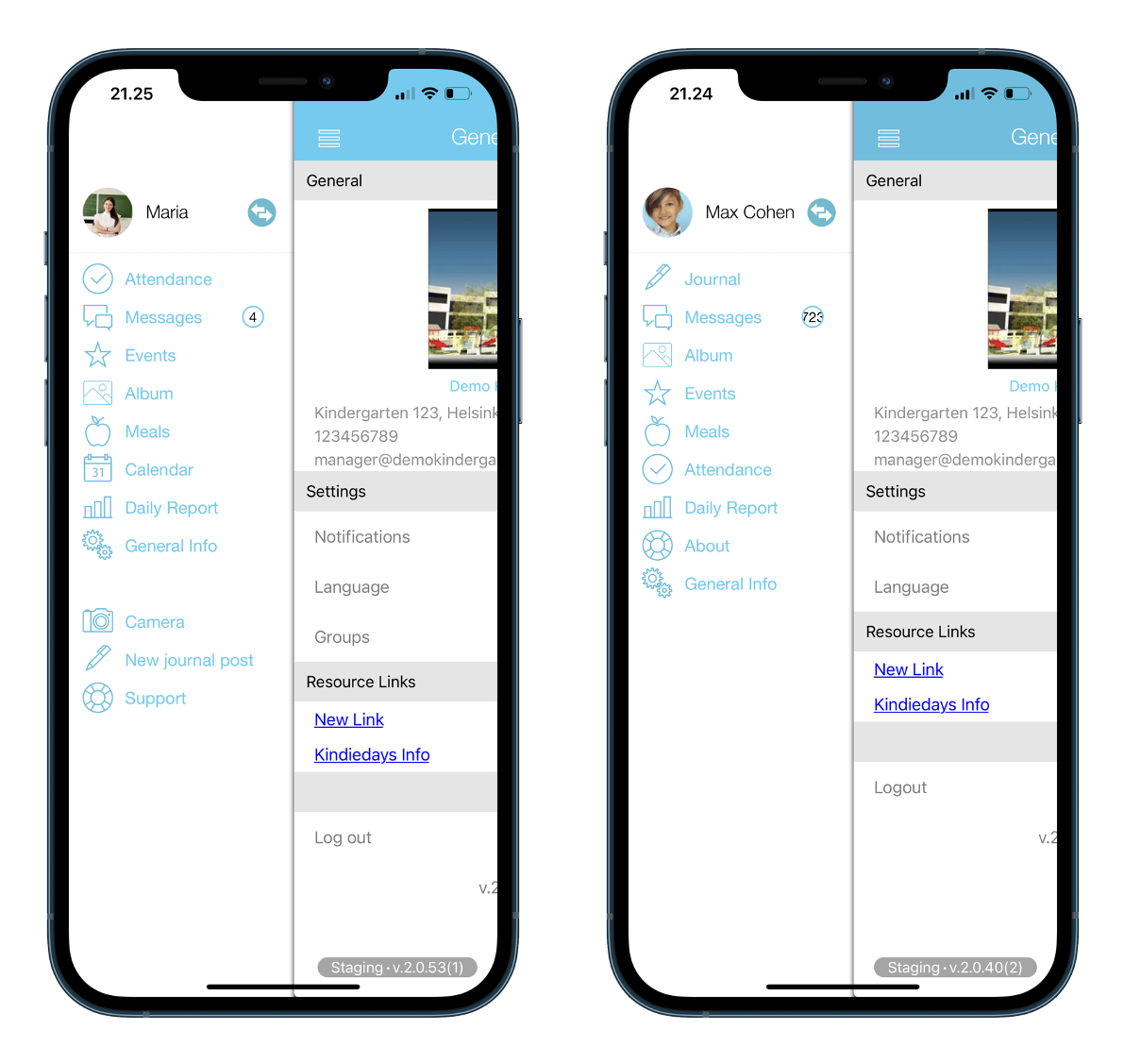.png)
The good news is: children don't need expensive toys to play and learn. In fact, you probably have all the things you need to create a fun and engaging game!
Here is an idea to help get you started with Do-It-Yourself toys. Have fun!
Rainbow mobile – DIY toy for all ages
Why: Develops hand-eye coordination, motor skills and stimulates visual skills.
You need:
- Colourful ribbons or pieces of fabric
- A rubber band or a ring
- Scissors
Instructions: Take the colourful ribbons or fabrics and cut long stripes out of them. Tie each one on the rubber band / ring. Ta-daa! Your rainbow mobile is ready!
How to use it?
Babies & toddlers:
- Use the rainbow mobile as a capturing toy for babies. It helps to develop hand-eye coordination and stimulate visual skills when focusing eyes on the toy and trying to grab the straps. (PS. Do not let small children eat the toy!)
- You can also tickle the little ones with this toy! Go through the child's body by tickling softly with the rainbow mobile. Repeat the names of each body part. This promotes body awareness.
- Play music and let children run around with the rainbow mobiles on their wrists. When music stops also children need to stay still.
Preschoolers:
- Let the children make their own Rainbow Mobiles. Let each child choose the colors they want and help when using scissors.
- Use the rainbow mobile in movement & music sessions. Let each child have one (or more!) on their wrists or ankles. Play instrumental music in the background and let the children imagine they are mermaids under the sea or colourful butterflies flying towards the rainbow! Encourage children to move rhytmically to the music and shake, swing, wave their rainbow mobiles.
- Rainbow mobiles are great for relaxation with older children too. Ask all the children to lay on the floor eyes closed. Teacher or a peer can softly tickle each child's leg, arm or back with the rainbow mobile. This activity promotes body awareness and guide's children to respect one's body when being gentle to one another.
Happy playtime!
.png)
.png)
 In Finland, children learn through play and we don't score children!
In Finland, children learn through play and we don't score children!
.png)


.png)